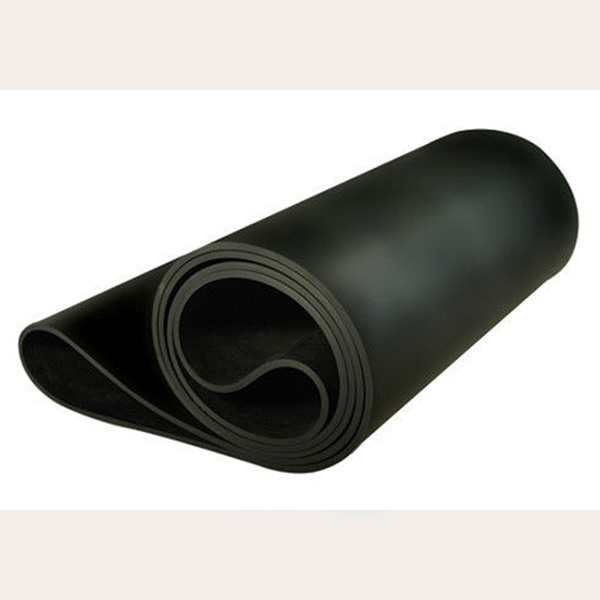
Working with conveyor belts can present a number of potential safety hazards. Here are some of the key safety considerations to keep in mind:
Guarding: It's important to make sure that all conveyor belts are properly guarded. This means installing physical barriers or fences around the conveyor to prevent employees from coming into contact with moving parts.
Lockout/Tagout: Whenever maintenance or repairs need to be performed on a conveyor belt, it's critical to follow proper lockout/tagout procedures. This involves turning off the power and locking out the equipment to prevent accidental start-up while maintenance work is being done.
Proper Training: All employees who work with conveyor belts should receive proper training on safe operating procedures and hazard recognition. This includes training on how to safely load and unload materials, how to properly clean and maintain the conveyor, and what to do in case of an emergency.
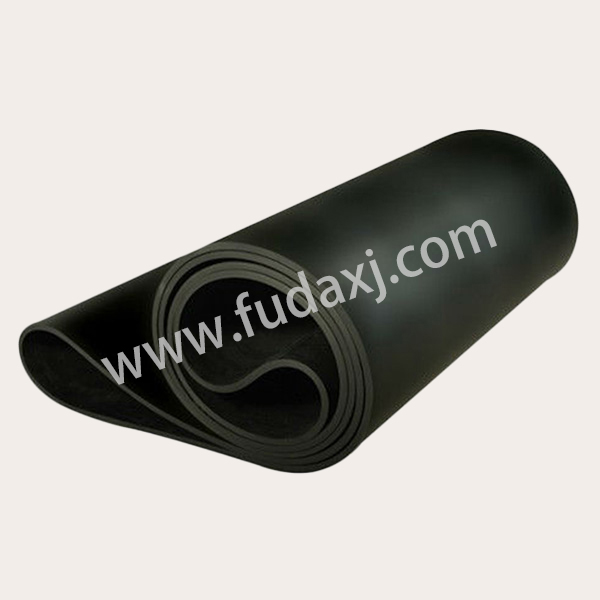
Personal Protective Equipment (PPE): Workers who operate or work near conveyor belts should wear appropriate PPE, including hard hats, safety glasses, and gloves.
Preventative Maintenance: Regular preventative maintenance is essential for keeping conveyor belts running safely and efficiently. This includes regularly inspecting the equipment for signs of wear and tear, making repairs as needed, and keeping the conveyor belt clean and free of debris.
Emergency Stop Buttons: Every conveyor belt should be equipped with emergency stop buttons that can immediately shut off the equipment in case of an emergency.
Load Limits: It's important to make sure that conveyor belts are not overloaded, as this can cause the equipment to malfunction or fail. Always follow manufacturer's load limits and guidelines.
By following these safety considerations, workers can help prevent accidents and injuries when working with conveyor belts.
 English
English 简体中文
简体中文 Español
Español عرب
عرب
 English
English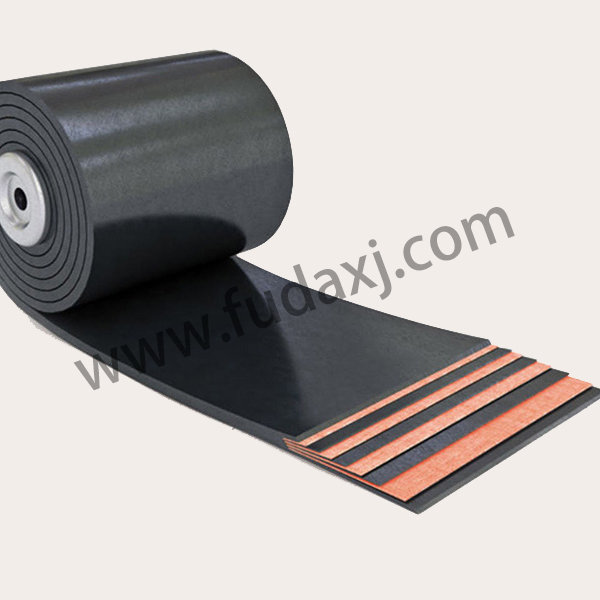

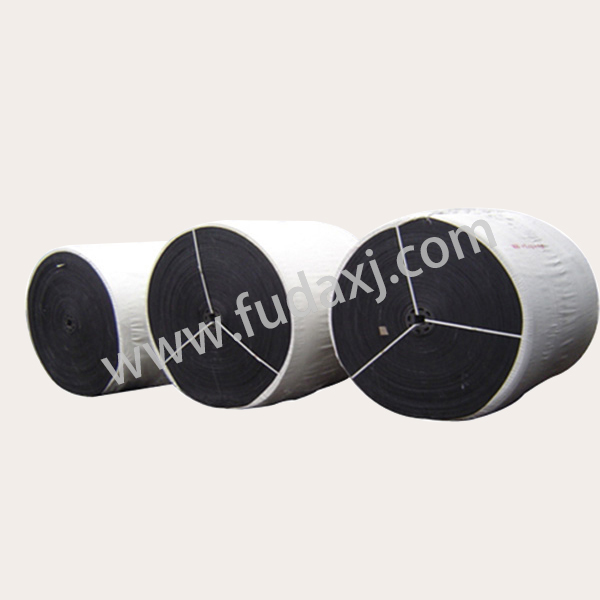
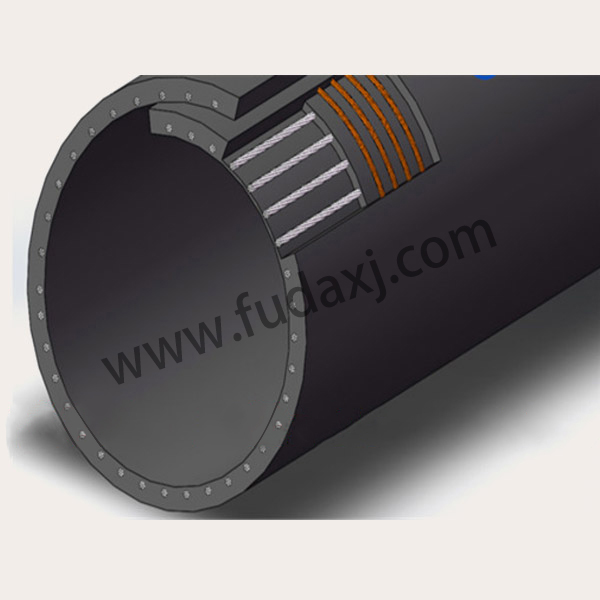
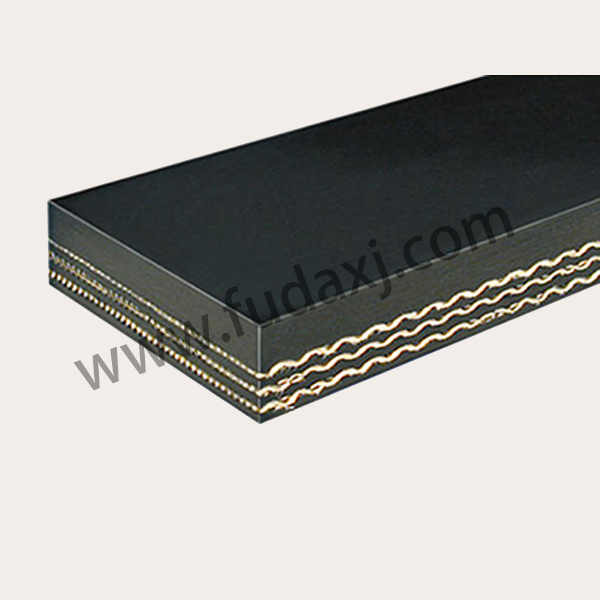
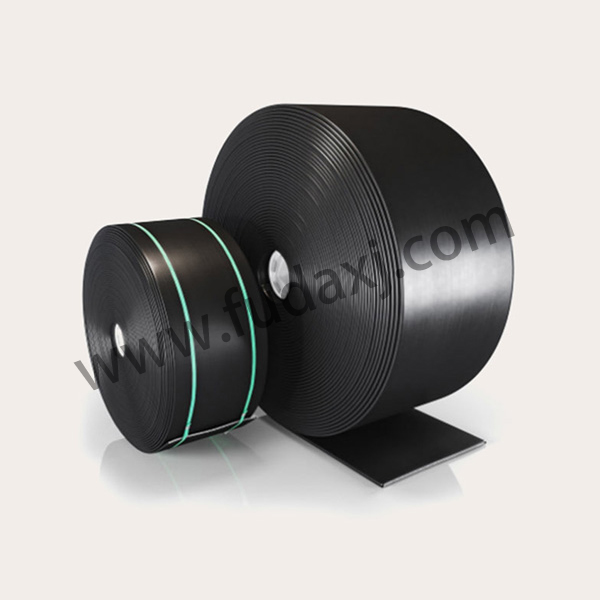
 Fax: 0086-576-83019528
Fax: 0086-576-83019528